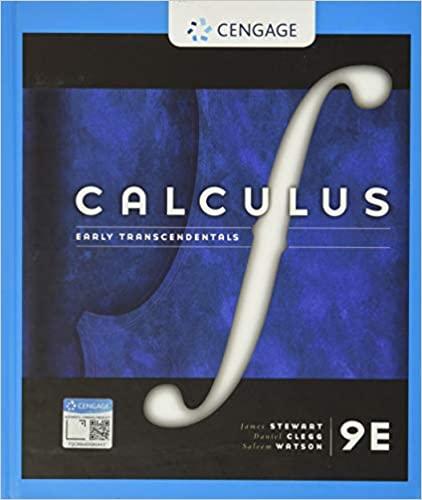Answered step by step
Verified Expert Solution
Question
1 Approved Answer
A drug-screening test is used in a large population of people of whom 8% actually use drugs. Suppose that the false positive rate is 2%
A drug-screening test is used in a large population of people of whom 8% actually use drugs. Suppose that the false positive rate is 2% and the false negative rate is 3%. Thus, a person who uses drugs tests positive for them 97% of the time, and a person who does not use drugs tests negative for them 98% of the time. (Round your answers to one decimal place.) To answer the following questions, let A be the event that a randomly chosen person tests positive for drugs, let B1 be the event that a randomly chosen person uses drugs, and let B2 be the event that a randomly chosen person does not use drugs. Then Ac is the event that a randomly chosen person does not test positive for drugs. Now, as percents, P(B1) = %, P(B2) = %, P(A | B2) = %, and P(Ac | B1) = %. Hence, P(A | B1) = % and P(Ac | B2) = %. (a) What is the probability (as a %) that a randomly chosen person who tests positive for drugs actually uses drugs? The probability that a randomly chosen person who tests positive for drugs actually uses drugs is
Step by Step Solution
There are 3 Steps involved in it
Step: 1

Get Instant Access to Expert-Tailored Solutions
See step-by-step solutions with expert insights and AI powered tools for academic success
Step: 2

Step: 3

Ace Your Homework with AI
Get the answers you need in no time with our AI-driven, step-by-step assistance
Get Started


